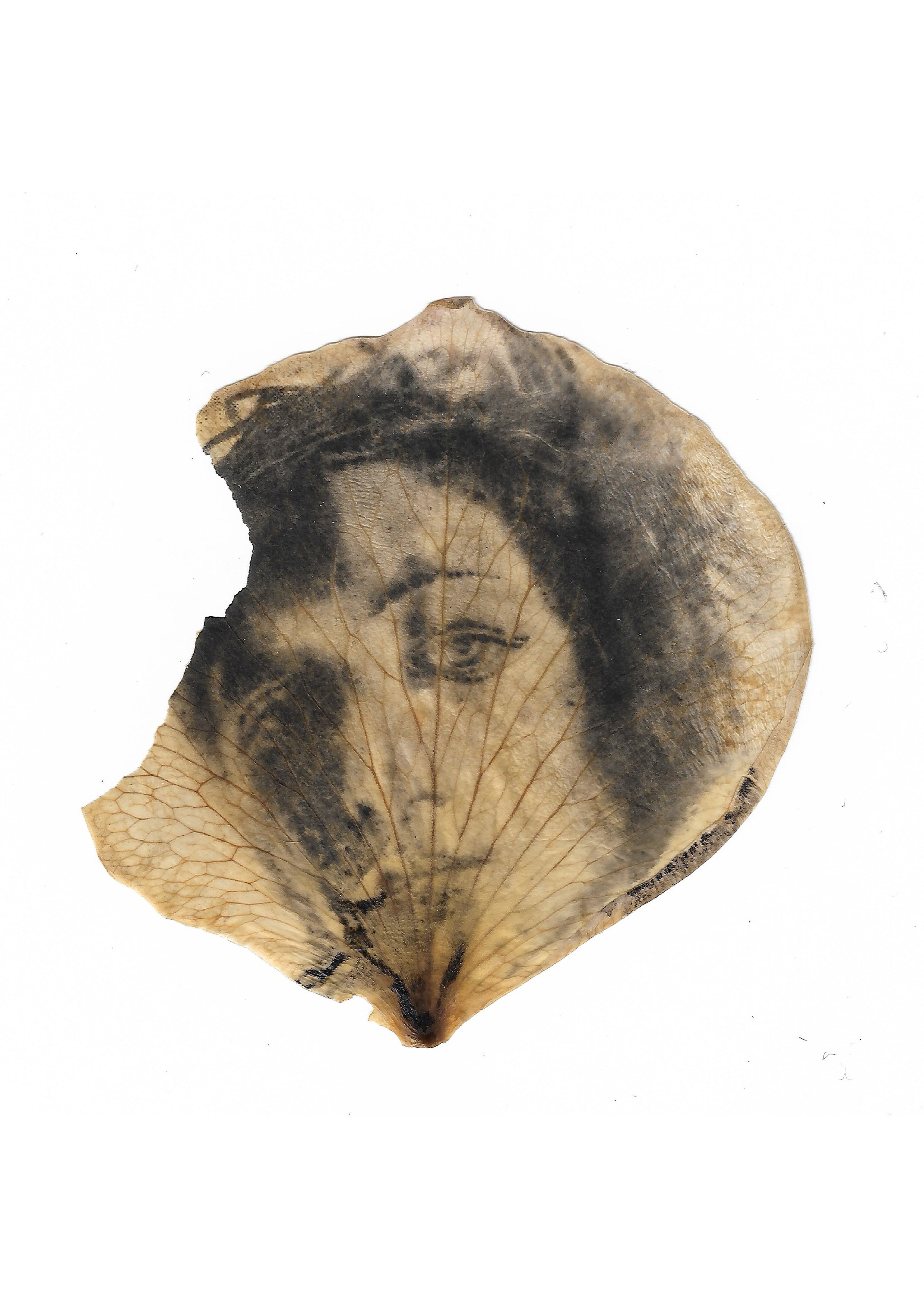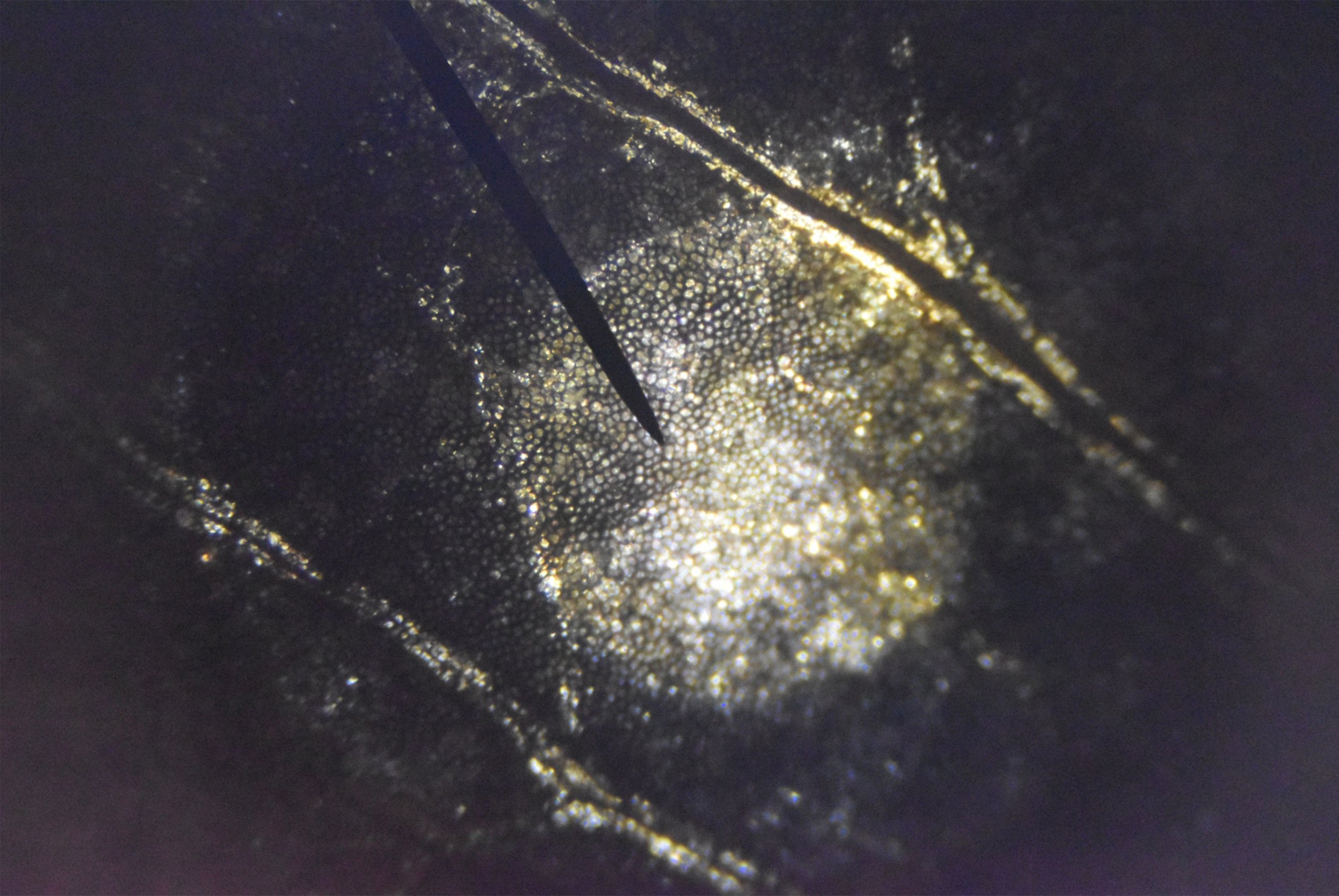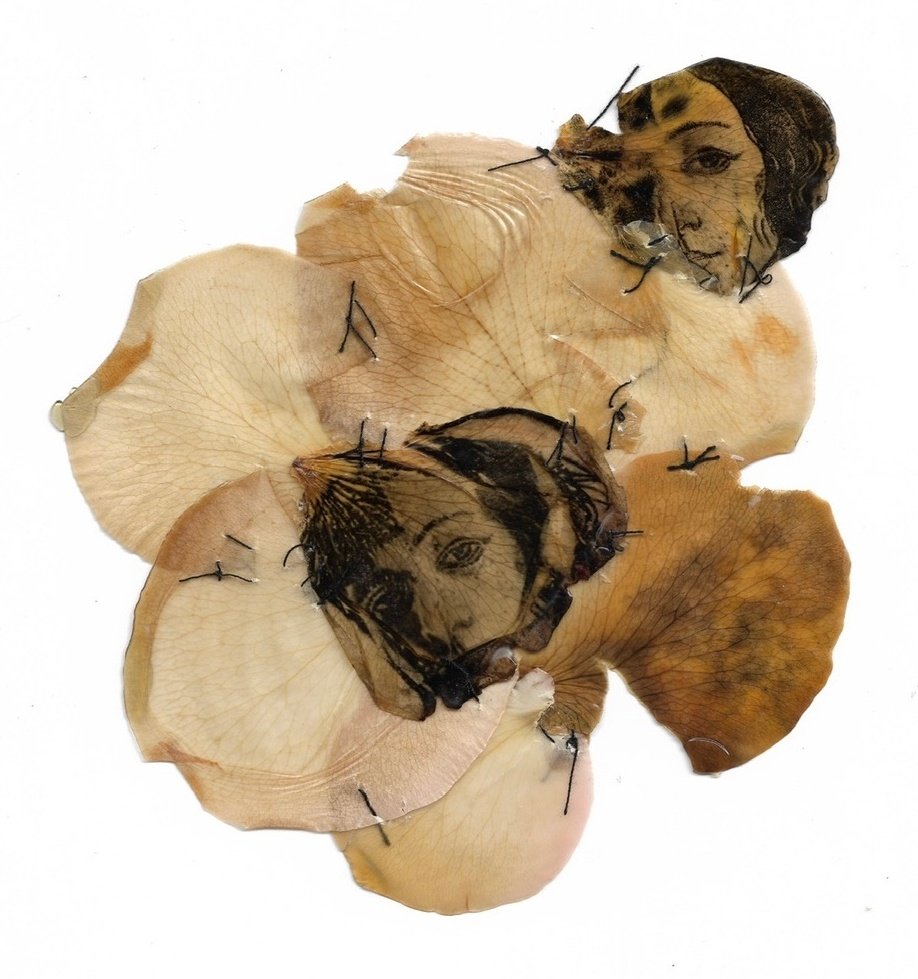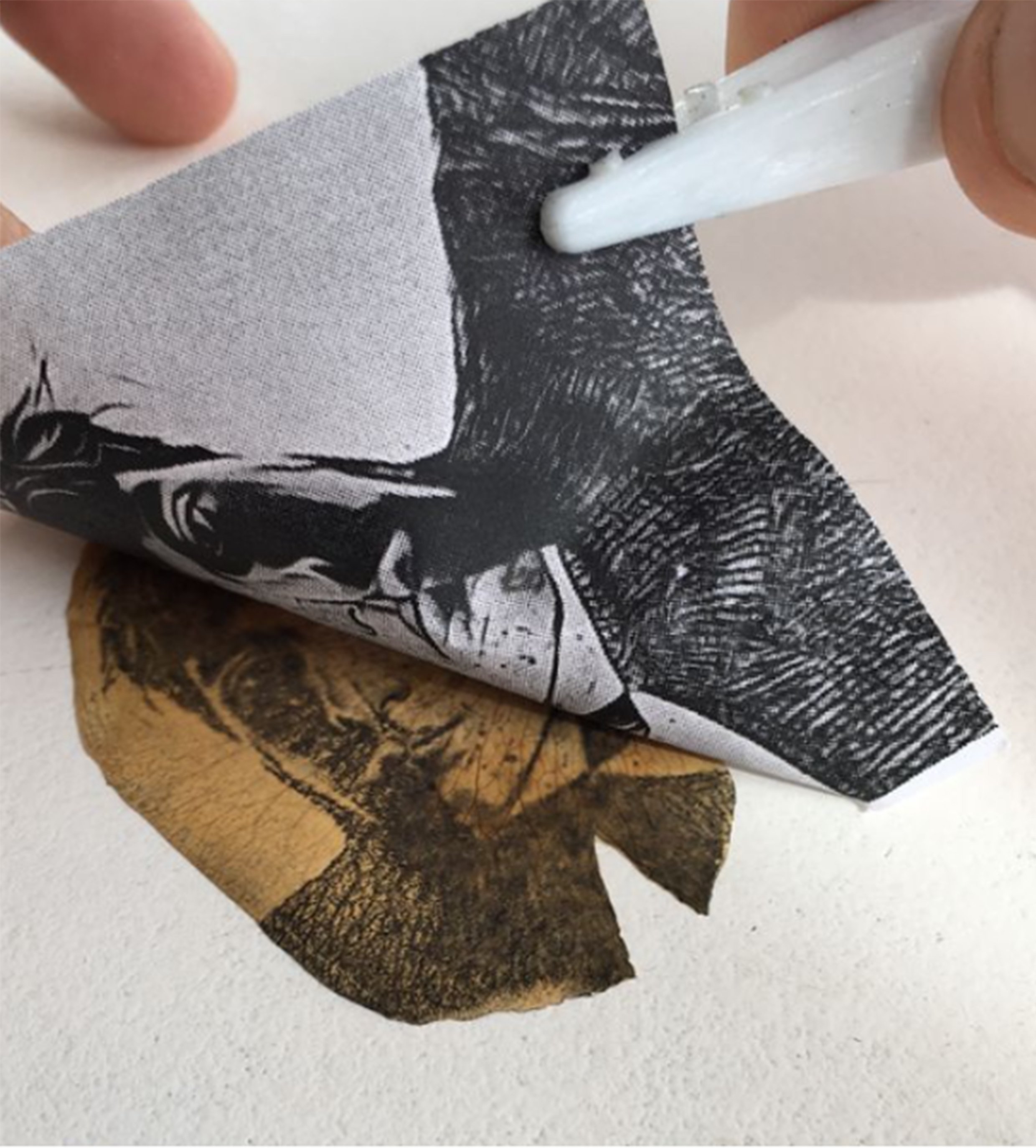
FLORISGRAFÍA | Investigation of alternative and organic supports in contemporary artistic practice
by Luciano Pozo
Luciano Pozo
Luciano Pozo (Junín, Buenos Aires, Argentina, 1993). Bachelor of Arts from the National University of San Martín, UNSAM. In completion of Master's Degree in History of Argentine and Latin American Art UNSAM. Visual artist and researcher in arts. Teach History of Art of the 20th Century – UNNOBA. He coordinates the circle of studies Expanded Arts and Education E-IDAES - UNSAM. His work focuses on experimentation with printed rose petals called Florisgraphy using a procedure created by him. He is currently experimenting with a mixture of collagen and pine resin varnish to preserve and build a textile made of rose petals.
Contact info
https://lucianopozo8.wixsite.com/lpozo/florisgraf%C3%ADa
Email: lupozo [at] unsam [dot] edu [dot] ar
All the theoretical, poetic and artistic production of this essay is linked to the transfer from a vegetable solvent on flower petals, -said graphic process called florigraphy-[1] being a non-existent graphic practice until now.
However, the support that the image receives is organic and arterial, a kind of vegetable meat that embodies and materializes identity in an image.[2]
When working with a new receptor support (rose petals) for graphic images, certain questions and technical conflicts arise. In the first place, the fragility of the receiving support. The rose petal is an organic receptor that requires delicate manipulation, which implies patience and technical mastery to work on it in the field of graphics. Too much pressure can damage the petal or, failing that, release liquids known as nectaries (which are what produce the aroma of the flowers). The contact between the natural liquid of the flower and the solvent is chemically incompatible, so florigraphy as a method is not applicable effectively. Consequently, its results are varied, spectral images, incomplete, damaged petals and an endless number of possible results.
Florisgraphy as a procedure involves not only a technical expert, but also a way of proceeding and working with the image-receiving material. In this case, a natural receptor, a vegetable meat that receives a printed image. Its size, its fragility and its delicacy make this practice and method to obtain florigraphy ad cautious.







